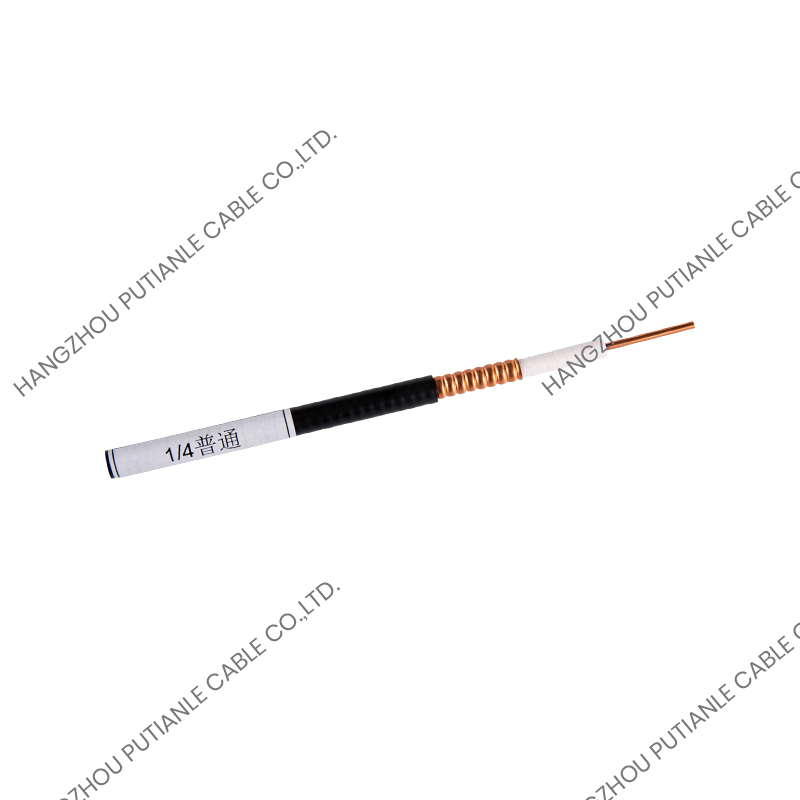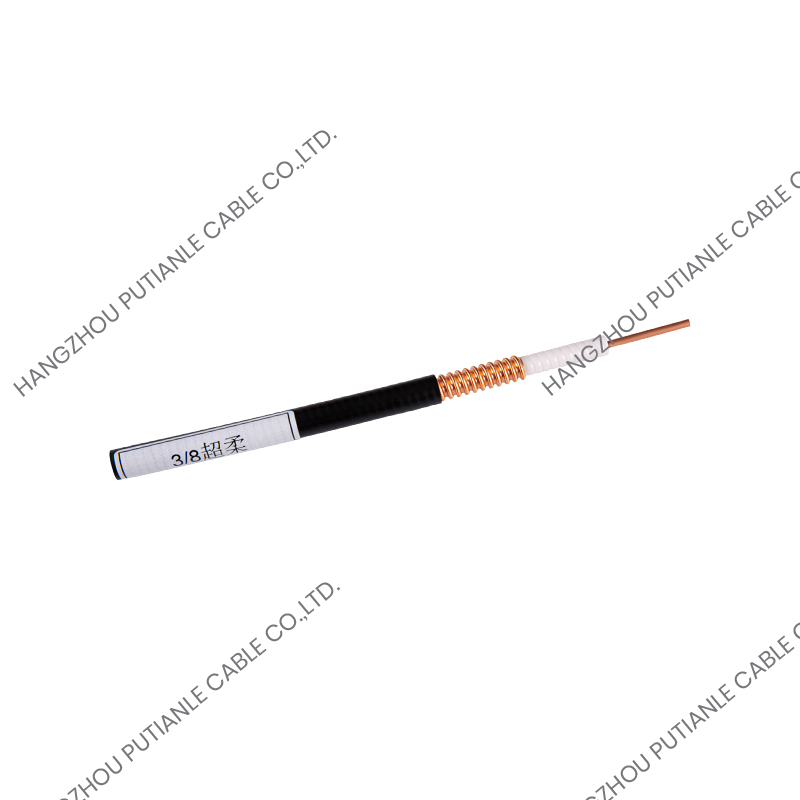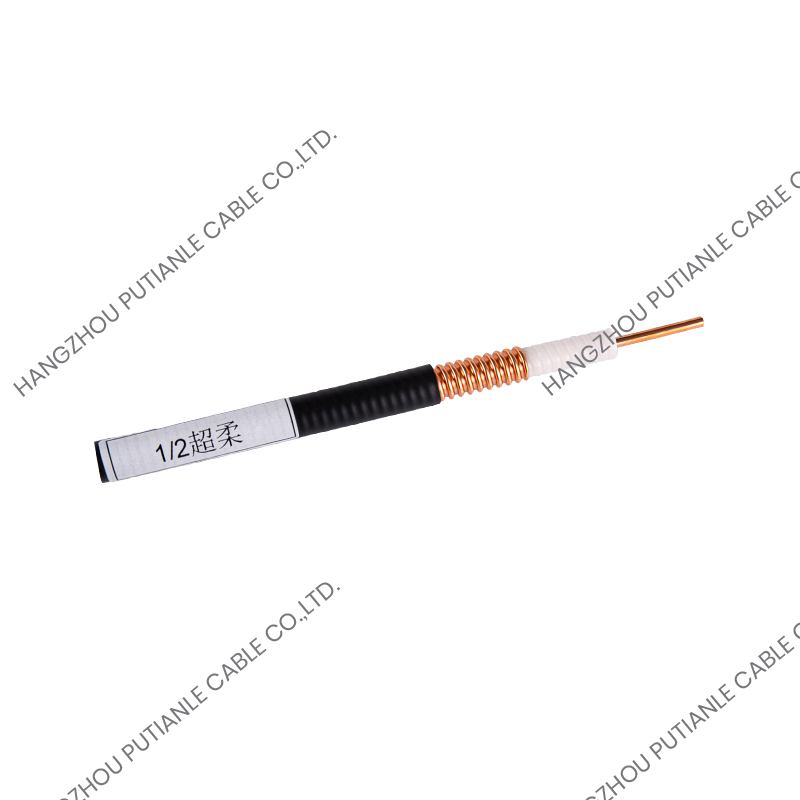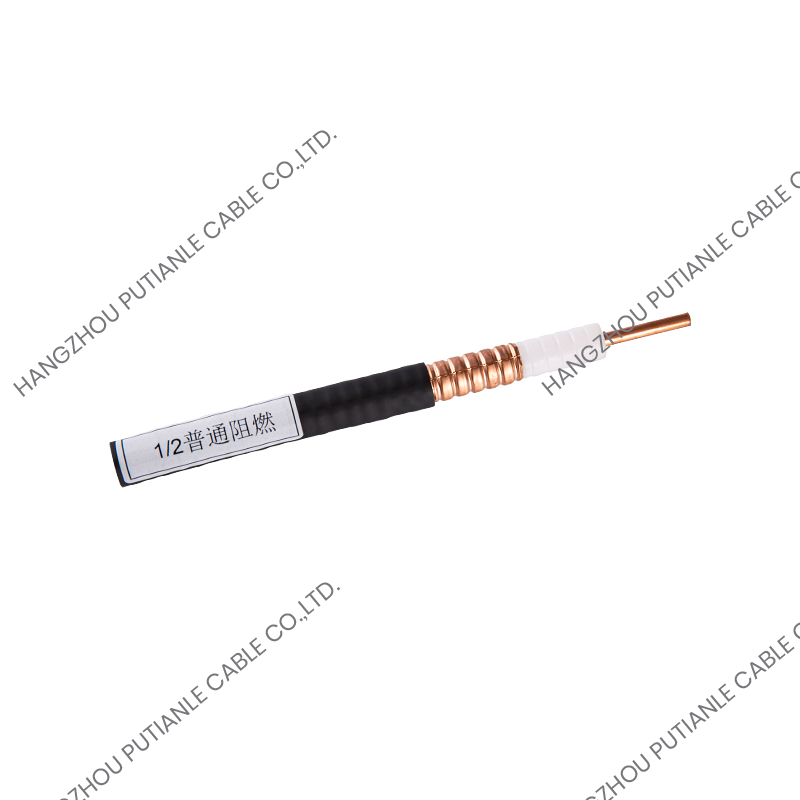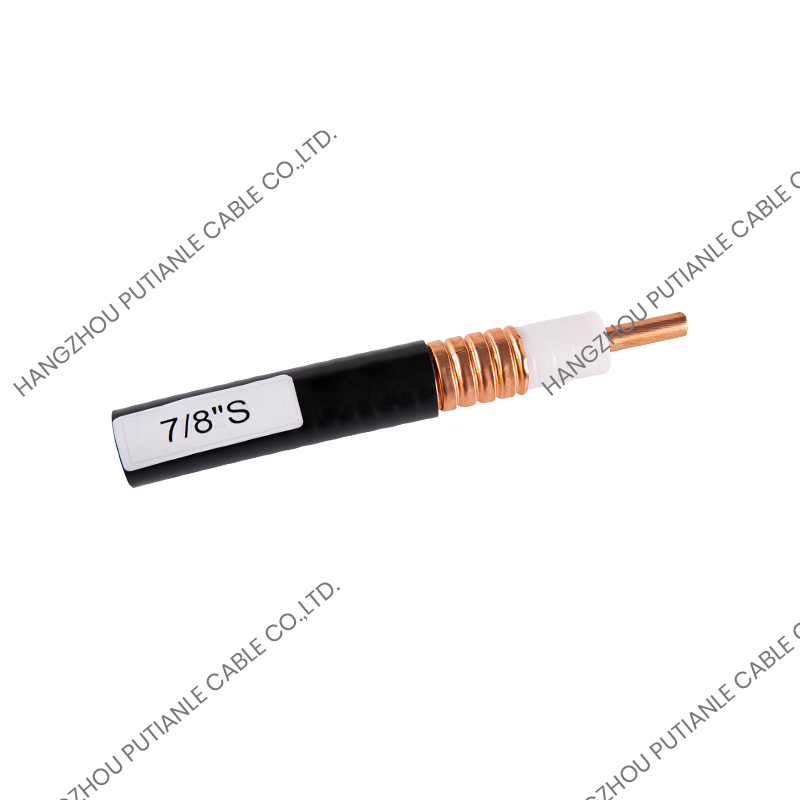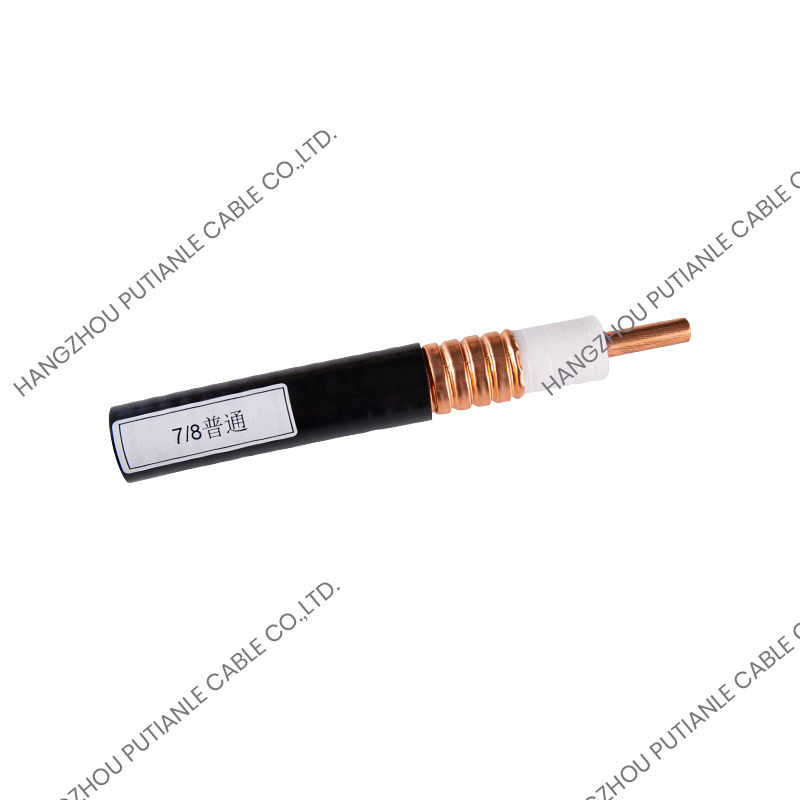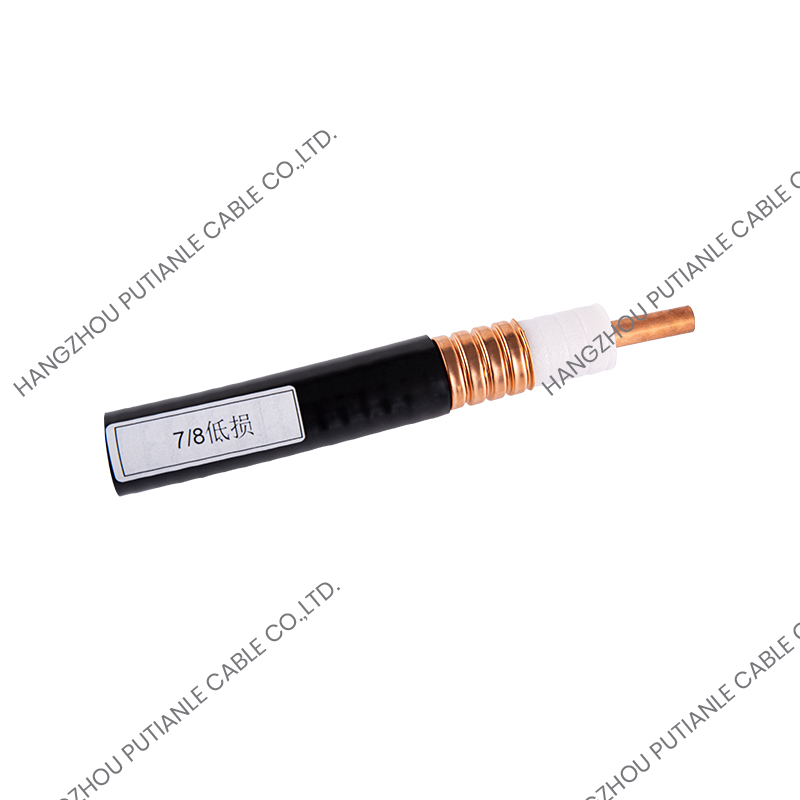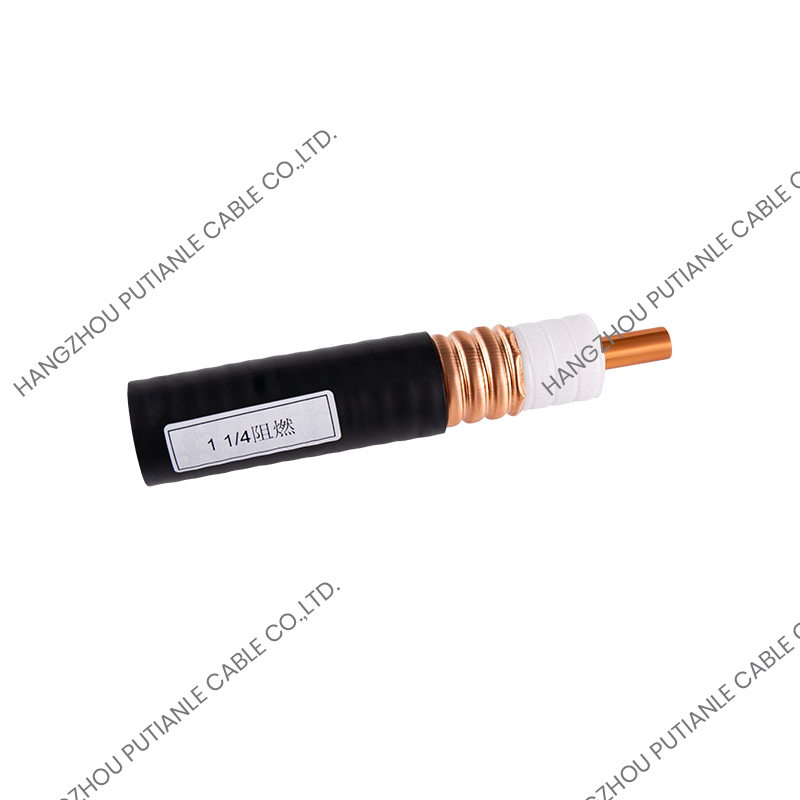Firstly, temperature range is a key determinant of fiber optic cable performance. Different types of fiber optic cables have varying degrees of temperature tolerance. Extreme high or low temperatures can lead to signal attenuation or damage to the fiber. Therefore, it is essential to ensure that the chosen cable can operate stably within the expected temperature range, avoiding performance issues caused by temperature fluctuations.
Secondly, humidity and moisture present another significant challenge for fiber optic cables. In humid environments, moisture can penetrate the cables, resulting in signal loss or cable damage. Thus, it is vital to select fiber optic cables designed with waterproof and moisture-proof features, typically utilizing special sheath materials or sealing designs to effectively resist the effects of moisture.
Additionally, chemical corrosion must also be considered. In some industrial environments, corrosive chemicals (such as acids and bases) may be present, posing a risk to the materials of fiber optic cables. Therefore, choosing corrosion-resistant sheath materials (such as polyethylene or fluoropolymers) can significantly extend the lifespan of the cables, ensuring their reliability in harsh conditions.
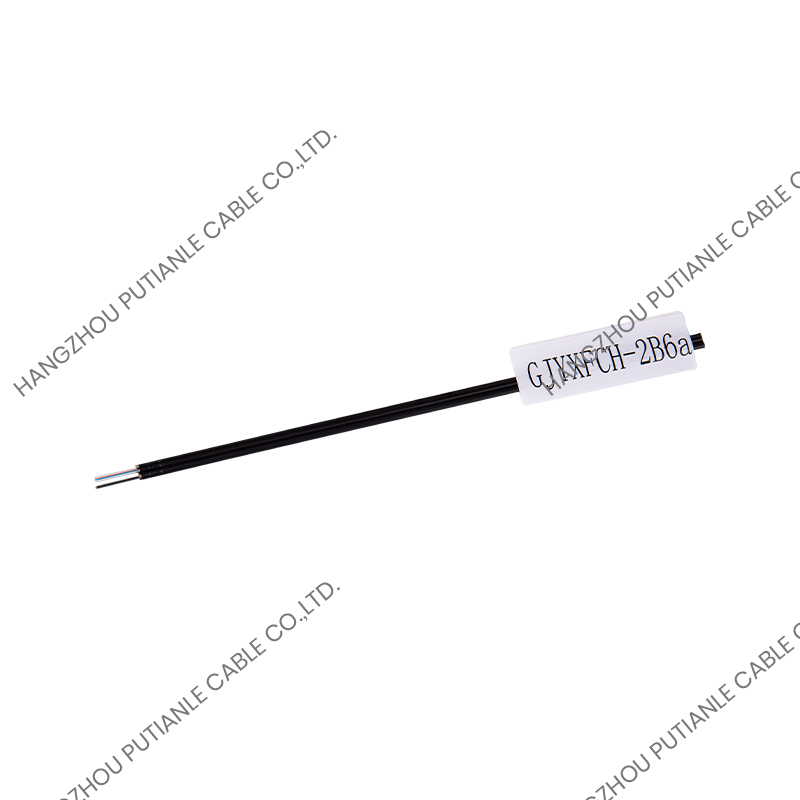
Another important factor is the physical environment, which includes the physical stress and potential damage the fiber optic cables may face. Mechanical impacts, stretching, and bending can all affect cable performance. Selecting cables with enhanced protection (such as steel-reinforced sheaths) can improve their durability, ensuring they operate normally under demanding conditions.
UV exposure and weather impacts are also critical considerations for outdoor fiber optic cables. Cables exposed to the natural environment for extended periods are subject to UV radiation and weather changes (such as rain, snow, and sand). Choosing cables with UV resistance and good weatherproofing can effectively prevent aging and damage caused by environmental factors, thereby improving their lifespan.
Lastly, the installation location also influences the selection of fiber optic cables. Whether installed underground, within walls, or in aerial configurations, the installation environment must be assessed. Underground cables need to be waterproof and pressure-resistant, while indoor cables may prioritize aesthetics and ease of installation.


 中文简体
中文简体 English
English Español
Español

